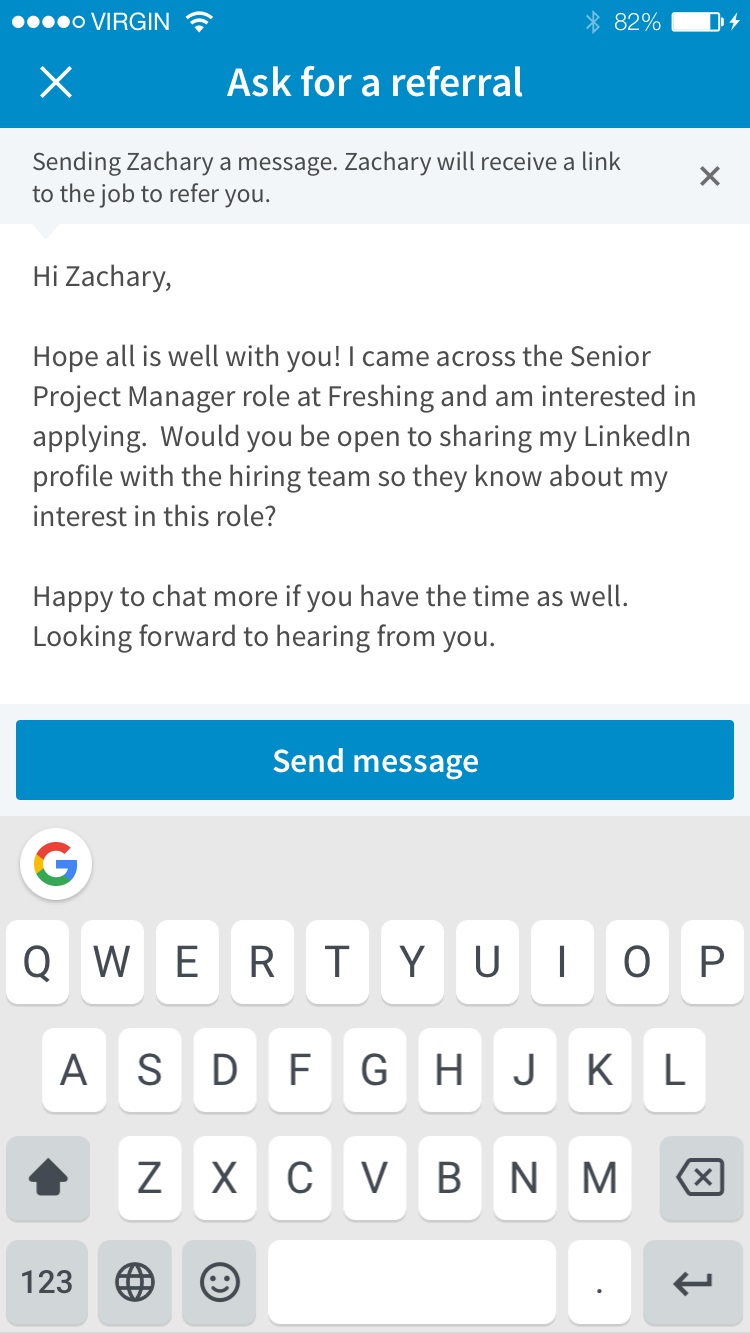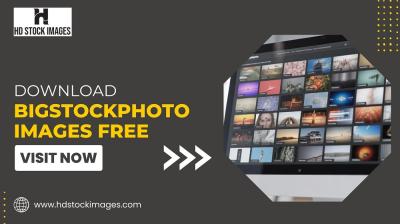When it comes to requesting a referral on LinkedIn, the first step is identifying the right connections. You want to cast your net wisely—targeting individuals who can genuinely advocate for you. Here’s how to do it:
- Assess Your Network: Start by reviewing your connections. Look for individuals who work in the field or company you’re interested in. Use LinkedIn’s search feature to filter connections by industry or location.
- Utilize Alumni Networks: Alumni from your school can be a great resource. Check if any alumni work at the companies you're targeting. Shared educational backgrounds can create a sense of camaraderie.
- Engage with Industry Professionals: Follow and interact with professionals who are influential in your desired industry. Commenting on their posts can help you get noticed and build rapport.
- Look for Mutual Connections: If you find a potential referrer, see if you have mutual connections. A warm introduction through a shared contact can significantly increase your chances.
Remember, quality over quantity! A well-placed connection can lead to opportunities that a broader outreach might not achieve.
Crafting a Personalized Message
Once you've identified the right connections, it’s time to craft a personalized message that resonates. A generic message is likely to be ignored, so let’s make yours stand out:
- Start with a Friendly Greeting: Address the person by name. A simple “Hi [Name],” sets a warm tone right from the start.
- Remind Them How You’re Connected: Mention any previous interactions, shared connections, or experiences that relate to them. This adds a personal touch and brings context.
- Be Clear and Concise: State your intention early on. For instance, “I’m exploring opportunities at [Company] and I noticed you work there.” This way, they know exactly what you’re asking for.
- Express Genuine Interest: Share why you’re interested in the position or company. Tailor this to reflect your passion, perhaps mentioning specific projects or values of the organization.
- Close with Gratitude: Always thank them for their time and consideration. A polite sign-off, like “I appreciate any help you can offer!” goes a long way.
A well-crafted message not only shows respect but also increases your chances of receiving a positive response.
Also Read This: How to Change Email ID on LinkedIn: Step-by-Step Instructions
5. Timing Your Request Appropriately
Timing can make a world of difference when it comes to requesting a referral on LinkedIn. Approaching someone at the right moment can greatly increase your chances of receiving a positive response. Here are some key points to consider:
- Industry Trends: Be aware of hiring trends in your industry. For example, if you know a company is ramping up for a busy season, it's a good time to reach out.
- After a Positive Interaction: If you’ve recently had a meaningful conversation or interaction with your contact, that’s an ideal time to ask for a referral. It’s fresh in their mind, and they’re likely to be more receptive.
- Post-Announcement: If a company posts about job openings, jump on the opportunity! Timing your request right after such announcements shows your enthusiasm and readiness.
- Consider Their Schedule: Avoid asking during busy periods, like the end of a fiscal quarter or holiday seasons. A well-timed request respects their time and increases your chances of a positive reply.
To make your request as effective as possible, consider crafting your message thoughtfully and timing it strategically. This shows you're not just browsing for referrals but genuinely interested in the company and the role you’re targeting.
Also Read This: How to Add an Experience Section to Your LinkedIn Profile
6. Following Up Professionally
After sending your referral request, it’s essential to follow up in a professional manner. While it can be tempting to ask repeatedly if you don’t receive a response, a well-timed follow-up can maintain a positive rapport. Here’s how to do it:
- Wait a Week: Give your contact some time to respond. A week is usually sufficient, allowing them to catch up with their messages.
- Keep It Short: Your follow-up message should be concise. A simple note to check in shows your interest without overwhelming them.
- Express Gratitude: Regardless of their response, thank them for their time and consideration. This leaves a positive impression and keeps the door open for future interactions.
- Use a Personal Touch: If you have a shared connection or recent news to discuss, mention it. It makes your message more engaging and relevant.
Remember, the goal is to foster a relationship over time. A professional follow-up can demonstrate your persistence and professionalism, enhancing your chances for not just this referral but potential future opportunities as well.
Also Read This: How to Download LinkedIn Videos Directly to Your Device
7. Thanking Your Referrer
After you’ve successfully secured a referral and perhaps even landed a job, it’s crucial to express your gratitude to your referrer. A simple thank-you can go a long way in maintaining professional relationships. Here are some effective ways to show your appreciation:
- Send a Personal Message: Whether through LinkedIn or email, a heartfelt message can convey your gratitude effectively. Mention how their support made a difference.
- Offer to Help in Return: Networking is a two-way street. Let your referrer know that you’re there to support them, whether it’s sharing a relevant article, connecting them with someone, or helping them out in another way.
- Give a Public Shout-Out: If appropriate, consider publicly thanking them on LinkedIn. A post acknowledging their assistance can enhance their professional visibility and show your appreciation.
- Send a Small Gift: A thoughtful gift, such as a coffee voucher or a book related to their interests, can serve as a nice token of thanks.
Remember, acknowledging their help reinforces your relationship and keeps the lines of communication open for future opportunities.
8. Conclusion and Final Tips
Requesting a referral on LinkedIn can be a powerful way to enhance your job search, but it requires tact and strategy. Here are a few final tips as you move forward:
- Be Specific: When reaching out, specify the job you're applying for and why you're a great fit. This gives your referrer context to make a stronger recommendation.
- Follow Up: If you haven’t heard back, it’s okay to send a gentle reminder after a week or so. People get busy, and a nudge can be helpful.
- Keep Your Profile Updated: A strong LinkedIn profile is your best foot forward. Ensure it represents your skills, experiences, and aspirations clearly.
- Be Sincere: Authenticity goes a long way. Be genuine in your requests and communications, as this builds trust.
In the end, remember that networking is about building relationships. Approach it with a mindset of mutual benefit, and you'll likely find success in not just securing referrals but also in creating a supportive professional network.

 admin
admin








